Finding the Right Call Center Software Pricing Model
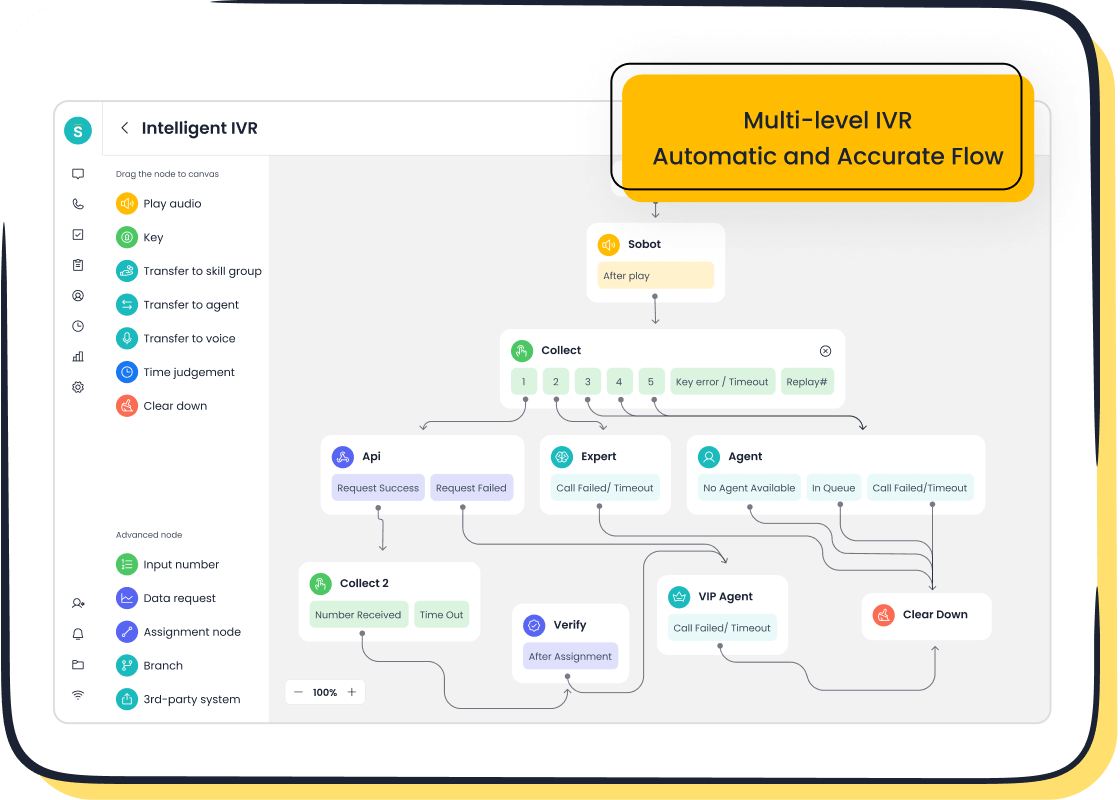
Selecting the right call center software pricing model for your business plays a pivotal role in shaping efficiency and scalability. The choice impacts how you manage costs and meet customer expectations. For instance, 34% of callers will wait up to six minutes before hanging up, while 26% abandon calls within two to four minutes. Efficient call handling, supported by the right pricing model, can reduce these rates and improve satisfaction. Additionally, digital communication methods like live chat can be six times more cost-efficient than traditional phone support, highlighting the importance of choosing a model that aligns with your operational needs.

Sobot’s call center software offers tailored solutions to help businesses optimize costs while ensuring seamless customer interactions. Its intelligent IVR and AI-powered voicebot features empower you to meet industry benchmarks, such as maintaining an average speed of answer under 40 seconds. By aligning your call center software pricing model with your business goals, you can achieve sustainable growth and operational excellence.
Understanding Call Center Software Pricing Models
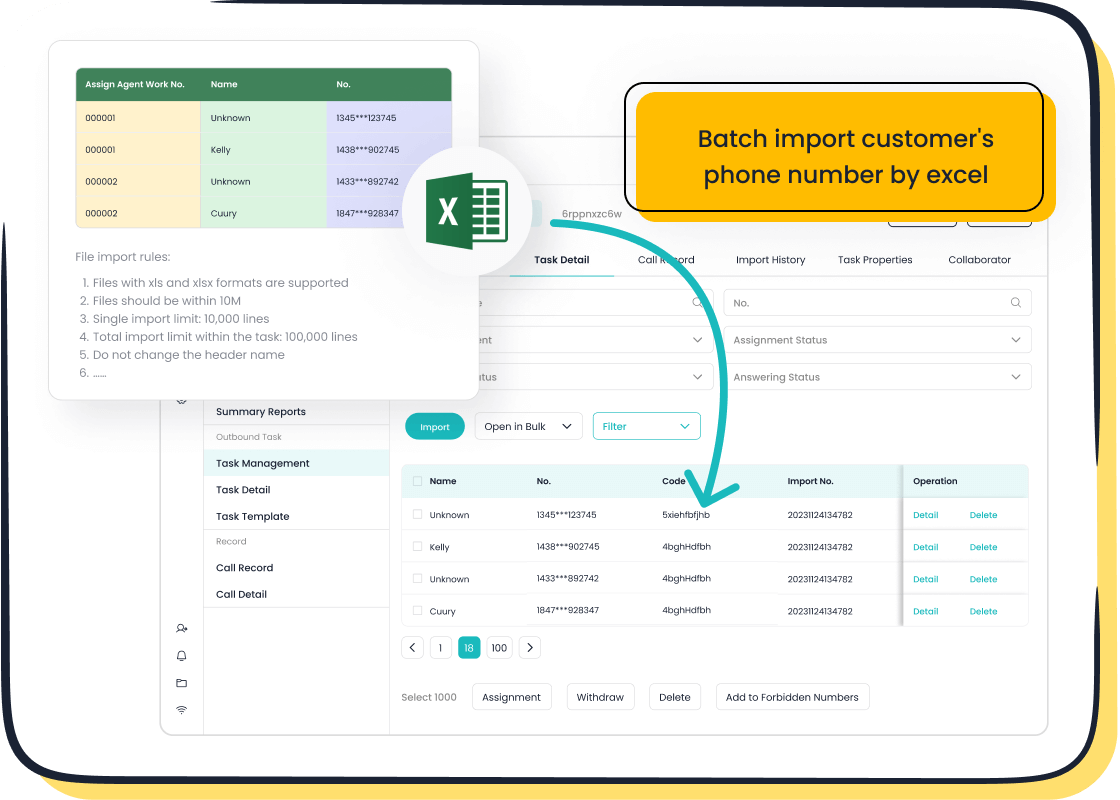
Choosing the right pricing model for your call center software is essential for managing costs and ensuring scalability. Each model offers unique benefits, making it important to understand how they align with your business needs. Below, we explore three popular pricing models to help you make an informed decision.
Per User Pricing: A Common and Scalable Option
Per user pricing is one of the most widely adopted models in the call center software industry. It charges a fixed rate per agent, making it easy to predict costs as your team grows. This model is particularly beneficial for businesses with a clear understanding of their staffing needs.
For example, companies like Aircall and JustCall offer per user pricing starting at $30 and $24 per month, respectively. These plans often include scalability features, such as advanced tools for larger teams or custom pricing for specific needs. Here's a quick comparison of starting prices for some popular software:
| Software | Starting Price (per user/month) | Scalability Features |
|---|---|---|
| Five9 | $100 | Custom pricing for specific needs |
| Aircall | $30 | Tiered pricing for growing teams |
| Genesys Cloud CX | $75 | Tiered plans for larger teams |
| JustCall | $24 | Advanced features for larger teams |
| Nextiva | $30 | Custom pricing for large-scale deployments |
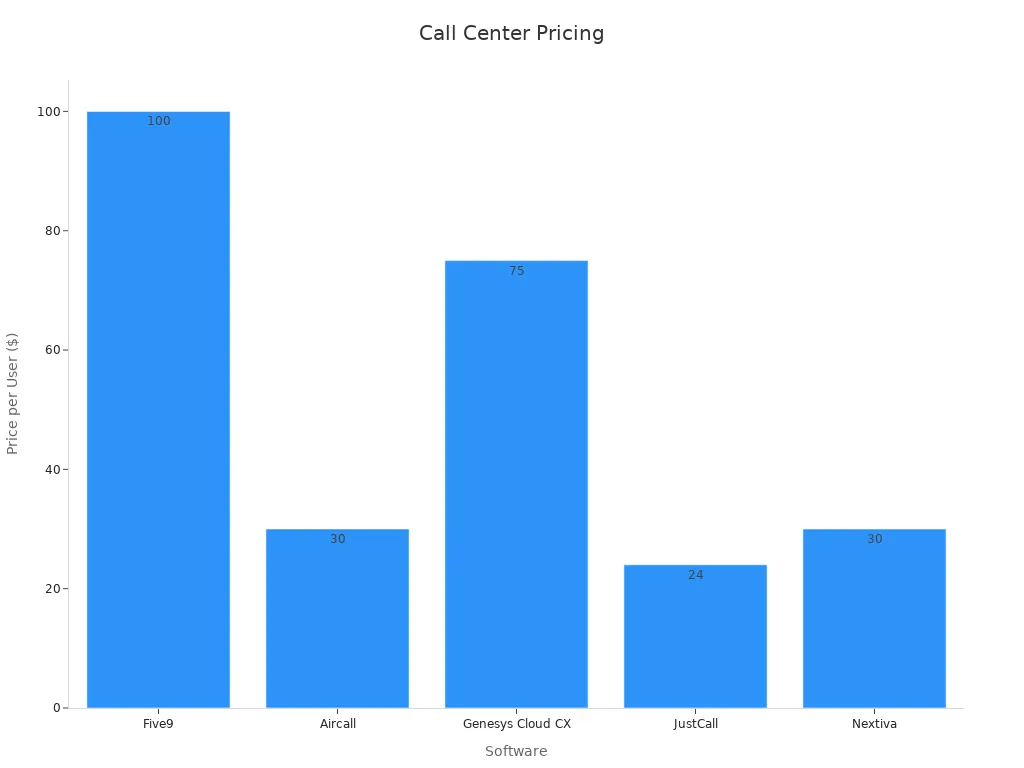
This pricing model works well for businesses of all sizes. It allows you to scale your operations without worrying about unexpected costs. Sobot’s call center software also supports this model, offering flexible options to accommodate your growth while maintaining cost efficiency.
Subscription-Based Pricing: Predictable Monthly Costs
Subscription-based pricing is another popular option, especially for cloud-based contact centers. This model involves paying a fixed monthly fee, which covers access to the software and its features. It eliminates the need for large upfront investments in hardware, making it a cost-effective choice for many businesses.
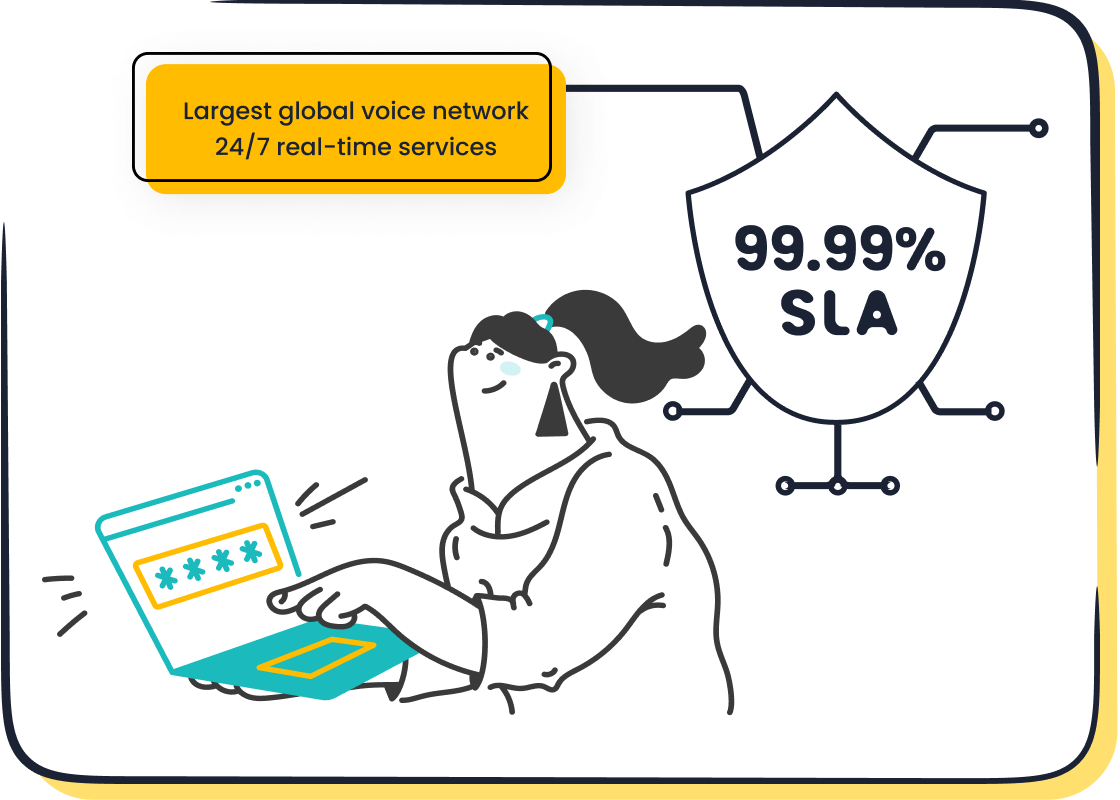
Cloud-based call centers often rely on this model to provide predictable monthly expenses. This approach enhances scalability and flexibility, allowing you to adjust your subscription as your needs evolve. For instance, Sobot’s Voice/Call Center operates on a subscription basis, offering features like intelligent IVR, AI-powered voicebots, and global number availability. These tools help you manage customer interactions efficiently while keeping costs under control.
The subscription model is ideal for businesses seeking financial predictability. It ensures you can allocate resources effectively without worrying about fluctuating expenses.
Tiered Pricing: Balancing Features and Costs
Tiered pricing offers a dynamic way to balance features and costs. This model provides multiple pricing tiers, each with a specific set of features. It allows businesses to choose a plan that aligns with their budget and operational requirements.
For example, a small business might opt for a basic tier with essential features, while a larger enterprise could select a premium tier with advanced capabilities. This flexibility makes tiered pricing a win-win for both businesses and their customers. It caters to diverse needs, from cost-conscious users to those seeking premium services.
- Tiered pricing structures help businesses target different market segments effectively.
- Customers appreciate the ability to choose packages that meet their specific needs.
- This approach enhances perceived value and encourages upgrades.
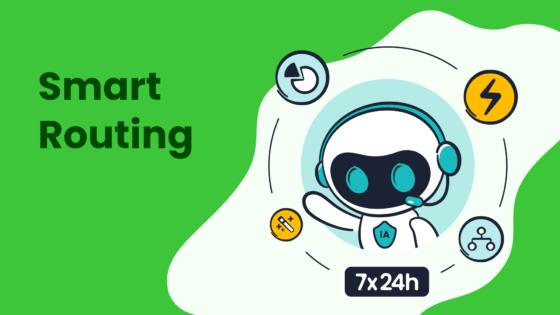
Sobot’s call center software exemplifies the benefits of tiered pricing. Its solutions cater to businesses of all sizes, offering a range of features like smart call routing, real-time monitoring, and AI-powered analytics. By choosing the right tier, you can optimize your operations and improve customer satisfaction.
Custom or Enterprise Pricing: Tailored for Large Businesses
Custom or enterprise pricing is designed for businesses with complex needs and large-scale operations. This pricing model offers tailored solutions that align with your specific requirements, ensuring you only pay for the features and services you truly need. It’s an excellent choice for enterprises that demand advanced functionalities, high levels of customization, and dedicated support.
For instance, if your business operates across multiple regions, you might require global number availability, multilingual support, and seamless integration with existing systems. Custom pricing allows you to bundle these features into a single package, eliminating unnecessary costs. Sobot’s call center software excels in this area by offering features like intelligent IVR, AI-powered voicebots, and a unified workspace. These tools enhance efficiency and ensure your operations run smoothly, even at scale.
This pricing model also provides flexibility in terms of deployment. Whether you need on-premise solutions or cloud-based services, custom pricing adapts to your infrastructure. Additionally, it often includes premium support services, such as dedicated account managers and priority troubleshooting, which are crucial for maintaining uninterrupted operations.
Large enterprises benefit significantly from this approach. It ensures scalability, supports complex workflows, and aligns with your long-term business goals. By choosing a custom pricing model, you can optimize your call center software to meet the unique demands of your organization.
Pay-As-You-Go Pricing: Flexibility for Dynamic Operations
Pay-as-you-go pricing offers unmatched flexibility, making it ideal for businesses with fluctuating call volumes or seasonal demands. This model charges you based on actual usage, allowing you to scale your operations up or down as needed. It’s a cost-effective solution for dynamic environments where demand can change rapidly.
Here’s how pay-as-you-go pricing benefits your operations:
- You only pay for what you use, avoiding costs associated with unused features.
- The model adapts to your business needs, enabling you to handle spikes in call volume without overcommitting to resources.
- Automated invoicing simplifies payment processes, reducing administrative tasks and letting you focus on customer service.
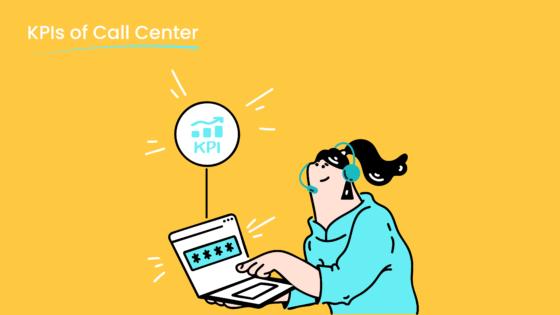
For example, a retail business might experience a surge in customer inquiries during the holiday season. With pay-as-you-go pricing, you can scale your call center software to handle the increased demand and then reduce usage during slower periods. Sobot’s call center software supports this model, offering features like bulk outbound tasks and real-time monitoring to help you manage dynamic operations efficiently.
This pricing model also suits startups and small businesses. It minimizes upfront costs and provides the flexibility to grow at your own pace. By leveraging pay-as-you-go pricing, you can maintain financial control while delivering exceptional customer experiences.
Comparing the Pricing Models of Top Call Center Software in 2025
Overview of Leading Call Center Software Providers
The call center software market in 2025 reflects a growing trend toward flexible and cost-effective pricing models. Many providers now focus on subscription-based plans, offering predictable costs and reducing the need for expensive hardware. This shift aligns with businesses' increasing demand for scalable and low-maintenance solutions.
- Subscription-based pricing dominates the market due to its low total cost of ownership (TCO).
- Providers like Zendesk and Avaya offer plans that eliminate the need for costly infrastructure.
- Businesses benefit from streamlined operations and reduced maintenance expenses.
Sobot stands out as a leading provider in this space. Its Voice/Call Center solution combines advanced features like intelligent IVR and AI-powered voicebots with flexible pricing options. This approach ensures you can scale your operations while maintaining cost efficiency.
Pricing Models of Sobot Voice/Call Center
Sobot’s Voice/Call Center offers a range of pricing models designed to meet diverse business needs. Whether you’re a small business or a large enterprise, Sobot provides options that align with your operational goals.
- Subscription-Based Pricing: Sobot operates on a SaaS rental model, ensuring predictable monthly costs. This model includes access to features like global number availability, smart call routing, and real-time monitoring.
- Tiered Pricing: Sobot’s tiered plans cater to businesses of all sizes. You can choose a basic plan for essential features or upgrade to advanced tiers for capabilities like AI-powered analytics and bulk outbound tasks.
- Custom Pricing: For enterprises with complex requirements, Sobot offers tailored solutions. These include multilingual support, seamless CRM integration, and dedicated account management.
Sobot’s pricing flexibility ensures you only pay for what you need. Its solutions help you optimize costs while delivering exceptional customer experiences. Learn more about Sobot’s Voice/Call Center here.
Pricing Models of Zendesk Talk
Zendesk Talk provides a variety of pricing options to suit different business needs. Its plans include both subscription and tiered pricing models, ensuring flexibility and scalability.
| Plan | Price | Features |
|---|---|---|
| Support Team | $19/user/month (annual) or $25/user/month | Email ticketing and access to integrations. |
| Support Professional | $55/user/month (annual) or $69/user/month | 24/5 phone support and advanced reporting tools. |
| Support Enterprise | $115/user/month (annual) or $149/user/month | 24/7 support and skills-based routing. |
| Suite Team | $69/agent/month | Ticketing, email, chat, voice, and social messaging. |
| Suite Growth | $115/agent/month | Multiple ticket forms and SLAs. |
| Suite Professional | $149/agent/month | Custom analytics and skills-based routing. |
| Suite Enterprise | Contact for pricing | Advanced AI features and maximum customization. |
Additionally, Zendesk Talk offers pay-as-you-go options for phone numbers and call minutes. For example, you can add Zendesk Talk to any plan for $2/month per number, with additional fees for voicemail, transcription, and recording.
These pricing models provide flexibility for businesses with varying needs. However, when comparing options, consider how features align with your goals and budget.
Pricing Models of Five9
Five9 offers flexible pricing models tailored to meet the needs of businesses of all sizes. Its plans are designed to provide advanced features while ensuring scalability and cost-effectiveness. Five9 primarily operates on a subscription-based model, which includes access to its robust cloud-based platform and a suite of tools for managing customer interactions.
The pricing structure of Five9 is not publicly disclosed, as it depends on factors like the number of agents, required features, and call volume. This approach allows you to customize your plan based on your specific operational needs. Five9’s features include agent assist, call recording, workflow automation, and digital engagement tools. These capabilities enhance productivity and improve customer satisfaction.
For example, Five9’s agent assist feature uses AI to provide real-time guidance to agents, helping them resolve customer issues more efficiently. Workflow automation streamlines repetitive tasks, allowing your team to focus on more complex interactions. These tools make Five9 a strong contender for businesses seeking the best call center software to optimize their operations.
If your business requires a tailored solution, Five9’s custom pricing model ensures you only pay for the features you need. This flexibility makes it a viable option for companies with unique requirements or fluctuating call volumes.
Value for Money: Features vs. Cost Comparison
When evaluating call center software, it’s essential to consider the balance between features and costs. A side-by-side comparison of popular providers can help you determine which solution offers the best value for money. Below is a table summarizing key features, customer ratings, and reviews for several call center software options:
| Software | Key Features | Customer Rating | Customer Review |
|---|---|---|---|
| Five9 | Agent assist, Call recording, Workflow automation, Digital engagement | 3.9/5 | "Five9 has increased my productivity tenfold!" - Tamara Lemasters, Trustpilot review |
| Dialpad | AI coaching, Next-generation analytics, Dynamic call scripts | 4.4/5 | "So far the service has been great, call quality has been fantastic." - Matthew Sherwood, Trustpilot review |
| CloudTalk | CRM integration, Workforce management tools, AI routing | 3.7/5 | "Call recording is essential for quality assurance." - Anonymous, Trustpilot review |
This comparison highlights the strengths of each platform. Five9 excels in workflow automation and digital engagement, making it a solid choice for businesses aiming to enhance efficiency. Dialpad’s AI coaching and analytics tools cater to companies focused on performance optimization. CloudTalk’s CRM integration and workforce management tools are ideal for businesses prioritizing seamless operations.
Sobot’s call center software also delivers exceptional value for money. Its intelligent IVR, AI-powered voicebots, and global number availability provide advanced capabilities at competitive prices. These features help you manage customer interactions effectively while keeping costs under control. For instance, Sobot’s bulk outbound task feature allows you to automate repetitive processes, saving time and resources.
When choosing the right call center software, consider your business goals and operational needs. Look for a solution that aligns with your budget while offering the features necessary to improve customer satisfaction and streamline workflows.
Key Factors to Consider When Choosing a Pricing Model
Scalability and Business Growth
Scalability is a critical factor when selecting a pricing model for your call center software. As your business grows, your software must adapt to increased call volumes, additional agents, and evolving customer needs. A well-chosen pricing model ensures that growth does not lead to inefficiencies or unexpected costs.
For example, a health and wellness company transitioned to a subscription-based pricing model and experienced a 300% increase in recurring revenue within a year. This shift also improved client retention by 60%, demonstrating how scalable pricing can support predictable income and long-term growth. Metrics like customer retention, revenue growth, and churn rate are essential indicators of scalability.
Sobot’s call center software supports scalability with features like AI-powered call center tools, global number availability, and intelligent IVR. These capabilities allow you to handle growth seamlessly while maintaining high service quality.
Budget Constraints and Cost Predictability
Budget constraints often dictate which pricing model works best for your business. Predictable expenses are essential for effective financial planning, especially for organizations with stable call volumes. Fixed-fee models, for instance, provide consistent monthly costs, making them ideal for businesses aiming to avoid financial surprises.
When evaluating pricing models, consider hidden costs such as implementation fees or technology charges. A comprehensive ROI analysis can help you balance service quality with cost efficiency. For example, outsourced call center pricing models often include additional charges that may strain your budget. Identifying these early ensures better financial management.
Sobot’s subscription-based pricing eliminates large upfront investments and includes essential features like real-time monitoring and bulk outbound tasks. This approach helps you manage costs effectively while delivering exceptional customer experiences.
Feature Requirements and Customization Needs
Your call center software must align with your operational needs. Different pricing models offer varying levels of customization, so it’s crucial to identify the features that matter most to your business. For instance, small businesses may prioritize basic tools, while enterprises often require advanced capabilities like multilingual support or CRM integration.
Sobot’s solutions cater to diverse requirements. Its tiered pricing model allows you to choose plans that match your needs, whether you’re looking for smart call routing or AI-powered analytics. Custom pricing options also ensure you only pay for the features you use, making it a cost-effective choice for businesses with unique demands.
By focusing on scalability, budget constraints, and feature requirements, you can select a pricing model that supports your business goals and enhances customer satisfaction.
Industry-Specific Needs and Compliance
Every industry has unique requirements when it comes to call center software. These needs often stem from the type of customers served, the nature of inquiries, and regulatory obligations. For example, healthcare call centers must comply with strict data privacy laws like HIPAA, while financial services prioritize secure communication to meet PCI DSS standards. Ignoring these requirements can lead to compliance violations, hefty fines, and reputational damage.
You should evaluate how well a pricing model supports your industry-specific needs. For instance, if your business operates in e-commerce, you might need features like multilingual support and AI-powered analytics to handle global customers efficiently. Sobot’s Voice/Call Center solution offers tools like intelligent IVR and encrypted data transfer, ensuring compliance with industry regulations while enhancing customer interactions.
Consider the scalability of the software as well. Seasonal industries, such as retail, often experience fluctuating call volumes. A flexible pricing model, like pay-as-you-go, can help you manage these changes without overspending. By aligning your software’s capabilities with your industry’s demands, you can improve operational efficiency and customer satisfaction.
Support and Maintenance Costs
Support and maintenance costs play a crucial role in determining the overall pricing strategy of call center software. These costs include server upkeep, software updates, and customer support services. Understanding these factors allows you to optimize your budget and enhance the value you deliver to customers.
- Support and maintenance costs often account for a significant portion of total expenses.
- Businesses can reduce these costs by identifying inefficiencies, such as outdated servers or redundant support processes.
- Lowering these expenses can lead to more competitive pricing and better resource allocation.
For example, cloud-based solutions like Sobot’s Voice/Call Center minimize maintenance costs by eliminating the need for on-premise hardware. With a 99.99% uptime and global network support, Sobot ensures reliable operations without additional infrastructure investments. This approach not only reduces costs but also improves service quality.
When choosing a pricing model, consider how support and maintenance costs will impact your long-term budget. Subscription-based models often include these expenses, offering predictable monthly fees. This predictability helps you allocate resources effectively and avoid unexpected financial burdens.
Real-World Examples of Pricing Models in Action
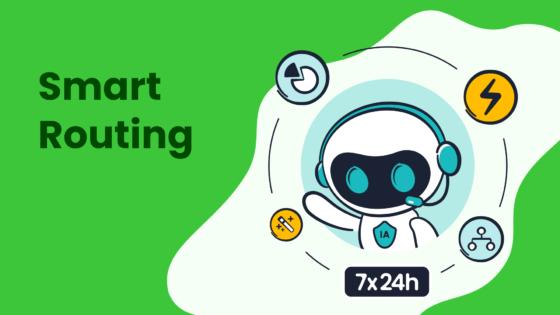
Small Business Example: Choosing a Cost-Effective Model
Small businesses often prioritize cost-effective solutions to maximize their resources. A cost-benefit analysis (CBA) helps you evaluate whether the benefits of a pricing model outweigh its costs. For example, choosing a subscription-based pricing model can reduce upfront expenses and provide predictable monthly costs. This approach ensures you allocate your budget effectively without compromising service quality.
Tip: Use cloud-based call center software to scale purchases based on immediate needs. This prevents unexpected costs and allows you to focus on growth.
Sobot’s Voice/Call Center offers features like intelligent IVR and AI-powered voicebots, which enhance customer experience while reducing operational costs. By leveraging these tools, you can streamline customer interactions and improve satisfaction. Accurate pricing quotes tailored to your business goals ensure you only pay for what you need, making it a smart choice for small businesses.
Mid-Sized Business Example: Balancing Features and Budget
Mid-sized businesses often face the challenge of balancing advanced features with budget constraints. Financial performance indicators, such as churn rate and operating cash flow, help you assess the impact of pricing models on your operations. For instance, a tiered pricing model allows you to select plans that match your needs while staying within budget.
| Metric | Description |
|---|---|
| Cost of Customer Acquisition | Measures the cost associated with acquiring a new customer. |
| Churn Rate | Indicates the percentage of customers lost over a specific period. |
| Operating Cash Flow | Reflects the cash generated from normal business operations. |
| Break-even Point | The point at which total revenue equals total costs, indicating no profit or loss. |
Sobot’s tiered pricing plans cater to mid-sized businesses by offering scalable options. You can start with essential features like smart call routing and upgrade to advanced capabilities, such as bulk outbound tasks and AI-powered analytics, as your needs evolve. This flexibility ensures you optimize costs while delivering exceptional customer service.
Enterprise Example: Custom Pricing for Complex Needs
Large enterprises require tailored solutions to address their complex workflows and global operations. Custom pricing models allow you to bundle features like multilingual support, CRM integration, and dedicated account management into a single package. This approach ensures you meet your unique requirements without overspending.
Sobot’s Voice/Call Center excels in providing custom pricing for enterprises. Its features, such as global number availability and encrypted data transfer, support compliance with industry regulations. For example, a multinational company can use Sobot’s intelligent IVR to route calls efficiently across regions, improving customer satisfaction and operational efficiency.
By choosing a custom pricing model, you gain access to premium support services and advanced functionalities that align with your long-term goals. This ensures scalability and seamless operations, even for the most demanding environments.
Industry-Specific Example: Call Centers in Healthcare or E-Commerce
Call centers in healthcare and e-commerce face unique challenges that influence their choice of pricing models. Each industry requires tailored solutions to meet specific operational demands and customer expectations. Understanding these needs helps you select the right call center software pricing model for your business.
Healthcare call centers prioritize patient confidentiality and compliance with regulations like HIPAA. They often handle sensitive inquiries, such as appointment scheduling or test results. Metrics like First Call Resolution (FCR) and Average Handle Time (AHT) are critical for evaluating performance. For example, healthcare call centers achieve an average FCR of 71% and an AHT of 6.6 minutes. These metrics highlight the importance of efficient workflows and reliable software.
E-commerce call centers, on the other hand, focus on managing high call volumes during peak seasons. They aim to resolve issues quickly to maintain customer satisfaction. Their FCR averages 75%, while AHT ranges from 5 to 7 minutes. These numbers reflect the need for scalable solutions that adapt to fluctuating demand.
| Metric | Healthcare Call Centers | E-commerce Call Centers |
|---|---|---|
| First Call Resolution (FCR) | 71% | 75% |
| Average Handle Time (AHT) | 6.6 minutes | 5-7 minutes |
| Customer Satisfaction (CSAT) | 75%-84% (good) | 75%-84% (good) |
Sobot’s Voice/Call Center software offers features that cater to both industries. For healthcare, tools like intelligent IVR and encrypted data transfer ensure compliance and security. In e-commerce, bulk outbound tasks and real-time monitoring help you manage seasonal spikes efficiently. These capabilities align with industry-specific metrics, making Sobot a reliable choice for your call center needs.
Choosing the right pricing model ensures you balance cost and performance. Whether you operate in healthcare or e-commerce, Sobot’s flexible options, such as subscription-based or pay-as-you-go pricing, provide the scalability and efficiency you need to succeed.
Tips for Selecting the Right Call Center Software Pricing Model
Assess Your Business Needs and Goals
Understanding your business needs is the first step in selecting the right pricing model. Start by identifying the specific goals you want to achieve with your call center software. Are you looking to improve customer satisfaction, reduce operational costs, or scale your operations? Tools like the Jobs to Be Done Framework and the Value Stick Framework can help you align your software choice with your objectives. For example, the Jobs to Be Done Framework focuses on customer needs, ensuring your software supports their expectations.
Consider the number of agents, departments involved, and the features required. A small business might prioritize basic tools like call tracking, while a larger enterprise may need advanced capabilities such as AI-powered analytics or multilingual support. Sobot’s Voice/Call Center offers flexible options that cater to businesses of all sizes, ensuring you only pay for what you need.
| Framework/Tool | Description |
|---|---|
| Jobs to Be Done Framework | Aligns product strategy with customer needs, providing a foundation for pricing decisions. |
| Value Stick Framework | Visualizes product value based on customer willingness to pay, aiding in pricing strategy formulation. |
| Job Design Optimization Tool (JDOT) | Assesses job roles in relation to company strategy, ensuring alignment for effective pricing and resource allocation. |
| Disruptive Innovation Framework | Explains how smaller companies can challenge larger ones, relevant for pricing strategies in competitive markets. |
Compare Features Across Pricing Tiers
Pricing tiers often vary in the features they offer. Comparing these tiers ensures you select a plan that balances cost and functionality. For instance, basic tiers might include essential tools like real-time call monitoring, while premium tiers offer advanced features such as predictive dialing and speech analytics. These capabilities can significantly enhance productivity and customer satisfaction.
Sobot’s tiered pricing model provides options for businesses of all sizes. A small business can start with a basic plan and upgrade as its needs evolve. Features like omnichannel readiness and AI call summaries ensure you get the best value for your investment. This flexibility allows you to adapt your software as your business grows.
- Real-time call monitoring: Supervisors can guide agents during live calls.
- Predictive dialing: AI connects agents to calls efficiently, reducing idle time.
- Speech analytics: Automates quality assurance, saving costs and improving satisfaction.
- Omnichannel readiness: Integrates multiple communication channels for a seamless experience.
Consider Long-Term Costs and Scalability
Choosing a pricing model isn’t just about current needs; you must also consider future growth. Long-term cost studies show that forecasting tools like historical data and market research can help predict expenses. For example, qualitative models analyze customer surveys to estimate future costs, ensuring your pricing model supports scalability.
| Aspect | Description |
|---|---|
| Purpose | Predict future costs to inform budgeting and pricing strategies. |
| Data Sources | Historical cost data, market research, customer surveys, and competitive analyses. |
| Forecasting Models | Qualitative, quantitative, or causal models based on the business context and data availability. |
Sobot’s subscription-based pricing ensures predictable monthly costs, making it easier to budget for growth. Features like global number availability and intelligent IVR allow you to scale operations without compromising service quality. Whether you’re a startup or an enterprise, Sobot’s solutions adapt to your evolving needs, ensuring long-term success.
Leverage Free Trials or Demos to Test Features
Free trials and demos provide a practical way to evaluate call center software before committing to a pricing model. These options allow you to explore features, assess usability, and determine whether the software aligns with your operational needs. For example, testing intelligent IVR or AI-powered voicebots can reveal how well the software handles customer interactions.
When using a free trial, focus on key metrics like call resolution time and agent productivity. These indicators help you measure the software's impact on your business. For instance, a trial of Sobot’s Voice/Call Center lets you experience features like real-time monitoring and bulk outbound tasks. These tools enhance efficiency and improve customer satisfaction.
Demos offer a guided exploration of the software’s capabilities. During a demo, ask questions about scalability, integration, and support services. This ensures the software can adapt to your growth and meet your long-term goals. Sobot’s demos showcase features like global number availability and encrypted data transfer, helping you understand how the software supports compliance and security.
Tip: Use free trials to test software during peak business periods. This reveals how well it handles high call volumes and dynamic operations.
By leveraging free trials and demos, you gain valuable insights into the software’s functionality. This helps you make informed decisions about the best call center software pricing model for your business.
Seek Recommendations or Reviews from Similar Businesses
Understanding and comparing call center software pricing models is essential for making informed decisions. Each model offers unique benefits, but aligning it with your business goals, scalability needs, and budget ensures long-term success.
Tip: Evaluate your operational needs and test software like Sobot Voice/Call Center to find the best fit. Its features, such as intelligent IVR and AI-powered voicebots, help you optimize costs and improve customer satisfaction.
By carefully assessing your options, you can select a pricing model that supports growth and enhances efficiency.
FAQ
What is the most cost-effective call center software pricing model for small businesses?
Subscription-based pricing often works best for small businesses. It offers predictable monthly costs and eliminates large upfront investments. For example, Sobot’s Voice/Call Center provides essential features like intelligent IVR and real-time monitoring, ensuring cost efficiency while maintaining high-quality customer interactions. Learn more here.
How does pay-as-you-go pricing benefit seasonal businesses?
Pay-as-you-go pricing charges based on actual usage, making it ideal for businesses with fluctuating call volumes. For instance, retail businesses can scale up during holiday seasons and reduce costs during slower periods. Sobot’s flexible pricing ensures you only pay for what you use, optimizing your budget.
Can call center software pricing models support global operations?
Yes, many pricing models, like custom or enterprise pricing, cater to global operations. Sobot’s Voice/Call Center offers features like global number availability and multilingual support. These tools help businesses manage international customer interactions efficiently while maintaining compliance with regional regulations.
What factors should you consider when choosing a pricing model?
Focus on scalability, budget constraints, and feature requirements. For example, if your business needs advanced tools like AI-powered analytics, a tiered or custom pricing model may suit you. Sobot’s solutions provide flexible options to meet diverse operational needs, ensuring you only pay for what you require.
How can free trials help you choose the right call center software pricing model?
Free trials let you test features like intelligent IVR or AI-powered voicebots before committing. For example, Sobot’s free trial allows you to evaluate real-time monitoring and bulk outbound tasks. This hands-on experience helps you determine if the software aligns with your business goals.
See Also
Comprehensive Overview of Omnichannel Call Center Solutions
Best No-Cost CRM Solutions for Call Centers in 2024
Essential Guide for Quality Assurance Tools in Call Centers
